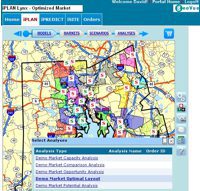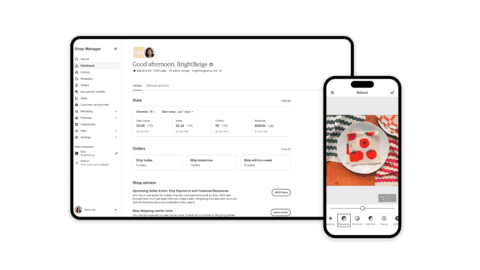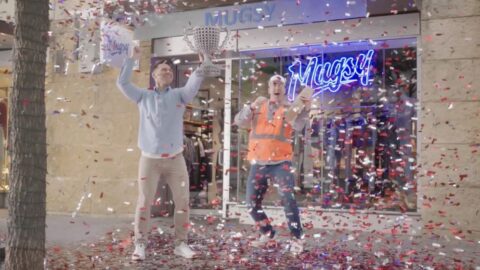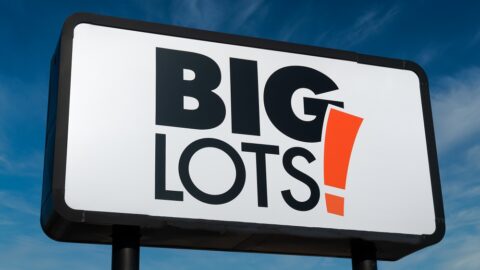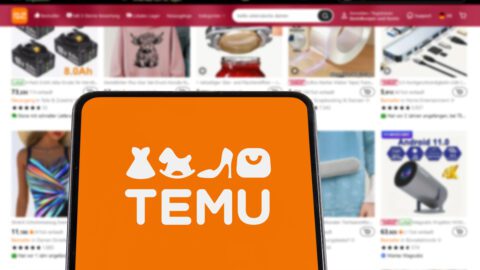By optimizing its locations, an Atlanta-based restaurant chain discovered it could improve average store-over-store sales volume by 43 percent, from $2.2 million to $3.1 million. That’s just one example of how analyzing store locations, customer volume and competition can improve the bottom line, according to David Powell, vice president of sales and marketing for geoVue, a provider of location optimization software.
In another example, with the help of site optimization Papa Murphy’s 1,000+ location pizza chain has seen a “significant increase in new store performance,” says Kevin King, senior vice president, development, for the Vancouver, Washington-based “Take ‘N’ Bake” pizza chain. Papa Murphy’s has been using geoVue’s iPlan and iSite products since 2005, and Kline attributes recent new store success to a combination of site optimization and a more targeted focus on marketing for new stores. “The combination has yielded tremendous results,” he notes.
In addition to optimizing for new store planning, Papa Murphy’s also plans to use geoVue tools to evaluate store saturation and store remodeling. “We have almost 100 stores in Seattle and 80 in Portland — those are pretty mature markets for us,” Kline explains. “In Portland have one store for every 30,000 people. We will look at iPlan to find out if we would benefit by closing or moving some stores around, or if there are any holes where we could add stores. We also plan to use geoVue to evaluate the benefit of remodeling stores.”
Optimizing to enhance marketing efforts
While evaluating a specific market for new store potential, location optimization can help marketing efforts become more efficient. “We provide the analytical engine, and the fumes feed the marketing effort,” notes Powell. “We have had customers that have either been able to save 25 percent of their direct mail expenses or increased lift in response from direct mail by 25 percent. Banfield Pet Hospitals, for one, used our analytics to consolidate their focus on core competencies and cut down on inefficient direct mail expenses.”
Advertisement
Powell explains that geoVue provides three primary components that help businesses make the best real estate decisions:
1. Prioritization of Markets, designed to help the company decide where to expand or where the business may be over-saturated.
2. Marketing Optimization, which includes understanding the boundaries of the market to minimize cannibalization.
3. Rationalization, to help make quick and efficient site decisions and beat the competition in a market.
Once these tools are put into place, customers receive a Consumer Profile and a Trade Area Profile. The customer profile includes demographic and psychographic information. And the trade area profile is calculated “using mapping and other techniques that typically identify a trade area encompassing approximately 80 percent of targeted customers,” says Powell. “These metrics can be used to help with marketing and to determine the likelihood that certain people will patronize a specific store.”
Helping businesses consolidate in a challenging economy
“In any market we want our customers to be able to capture the most amount of revenue with the least amount of risk,” says Powell. Often when a company is considering consolidation because of over-saturation or under-performance, the lowest performing stores are the first to go. But the strategy might not be so cut-and-dried, Powell explains.
“Our software will identify how closing one store will affect nearby locations,” says Powell. “We can look at a network of stores in a market and how all potential market share has been allocated to help guide closure and remodel plans.”
Moving toward SaaS
As the retail technology industry as matured, so has location optimization. In February, geoVue introduced its Software-as-a-Service product called iPlan Lynx to help customers move from desktop applications to on-demand. “Traditionally these systems were outsourced or purchased as desktop tools,” says Powell, “but now we’re starting to see more SaaS. With a thin-client application customers can leverage third party data sources and interact with back-end applications.”
geoVue has worked with a number of top retail and foodservice brands including Walgreens, Dunkin’ Brands, Nike, Cabelas, Hallmark, Papa Murphy’s and Rita’s Water Ice.



